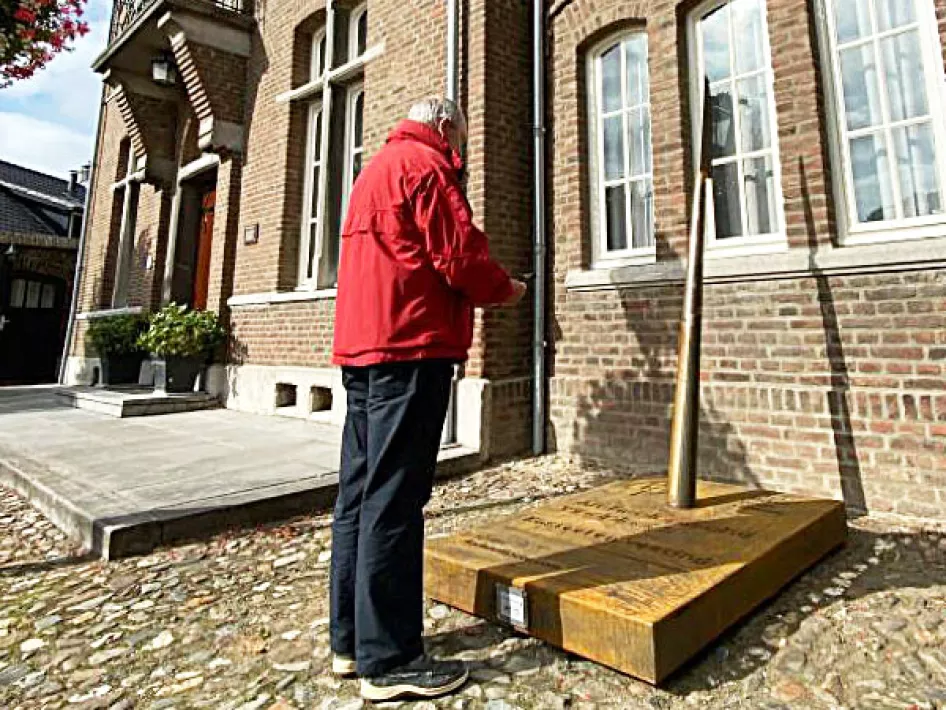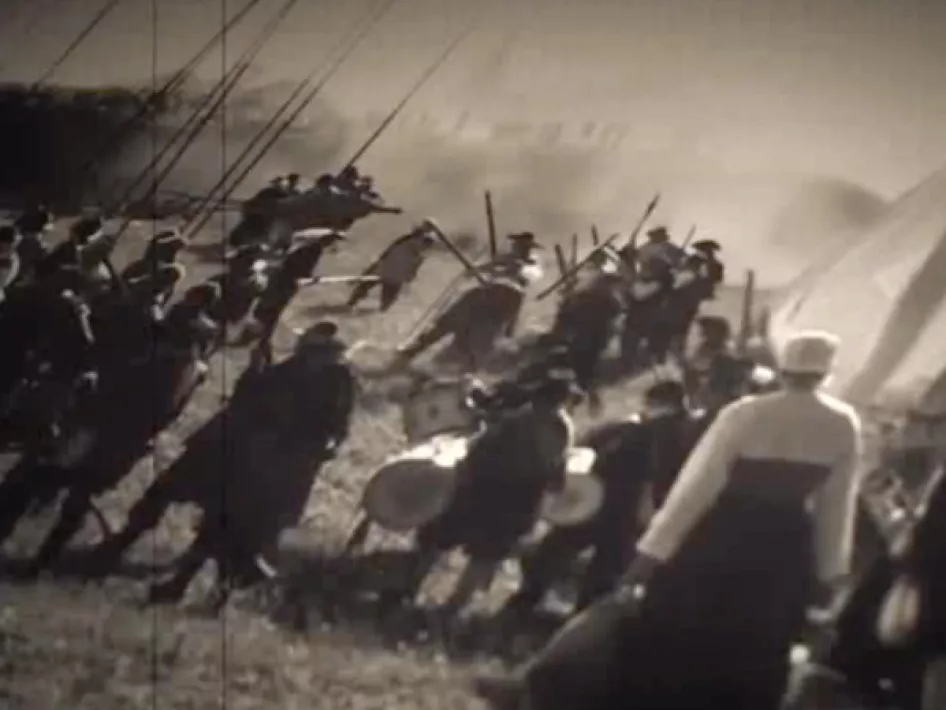The castle’s predecessor was a thirteenth-century, almost completely square residential tower, whose 10 x 11 metre foundations were discovered during the excavations. It was replaced by a square castle measuring approximately 30 x 30 metres, which was expanded significantly in the 16th century.
For a long time, the castle belonged to the Heren van den Bergh (Lords of Van den Bergh) who inherited the peerage in 1503. Hendrik van den Bergh was a descendent of the Van den Bergh family. He became commander in chief of the Spanish armies in the Netherlands. At the 1629 siege of Den Bosch he found himself facing his cousin, Prince Frederik Hendrik, the most accomplished Dutch general of his day. Van den Bergh lost the battle and also his position as commander in chief.
In 1632 Prince Frederik Hendrik embarked on his famous military campaign along the river Meuse (Maas). One by one the State troops captured the towns of Venlo, Roermond, Stevensweert and Maastricht. The Spanish then looked for a strategic location in which to isolate the State forces in Maastricht. They occupied the ‘Eiland in de Maas’ (Island in the Meuse), which was surrounded by the Old and New Meuse rivers. They built fortifications there, of which the most prominent components were the Stevensweert fortress and the “pole-blocking” of the Meuse which obstructed access to Maastricht. The Spanish governors of the Stevensweert fortress took up residence in Stevensweert castle. That residence only came to an end after the battle of Stevensweert in 1702 during the War of the Spanish Succession. Much of the castle was badly damaged during that battle and a large part of it was lost. Today you can still see sections of the round angle tower, the wall of the Great Hall with its arrow loops and the successor to the castle chapel. This chapel (which was rebuilt in 1819) was used by the Protestant troops for prayers.
Download the app
If you’d like to find out more about Stevensweert castle and the Eiland in de Maas fortress, visit the Stevensweert / Ohé en Laak regional museum in Stevensweert. If you prefer to find information online, please visit www.museumstevensweert.nl



Archaeological site Stevensweert - Castle and fortress
Experience the archaeological story from the castle of Stevensweert. Stevensweert castle was a citadel and played a key role in major wars. Download the app and get face-to-face on site with our archaeologist. He tells you the history of the castle of Stevensweert through most modern virtual technology. This makes you feel as if you transform into the past.
When
Always open.
Contact and location
Archeologische vindplaats Stevensweert - Kasteel en vesting Stevensweert
Jan van Steffeswertplein 1
6107 BZ
STEVENSWEERT